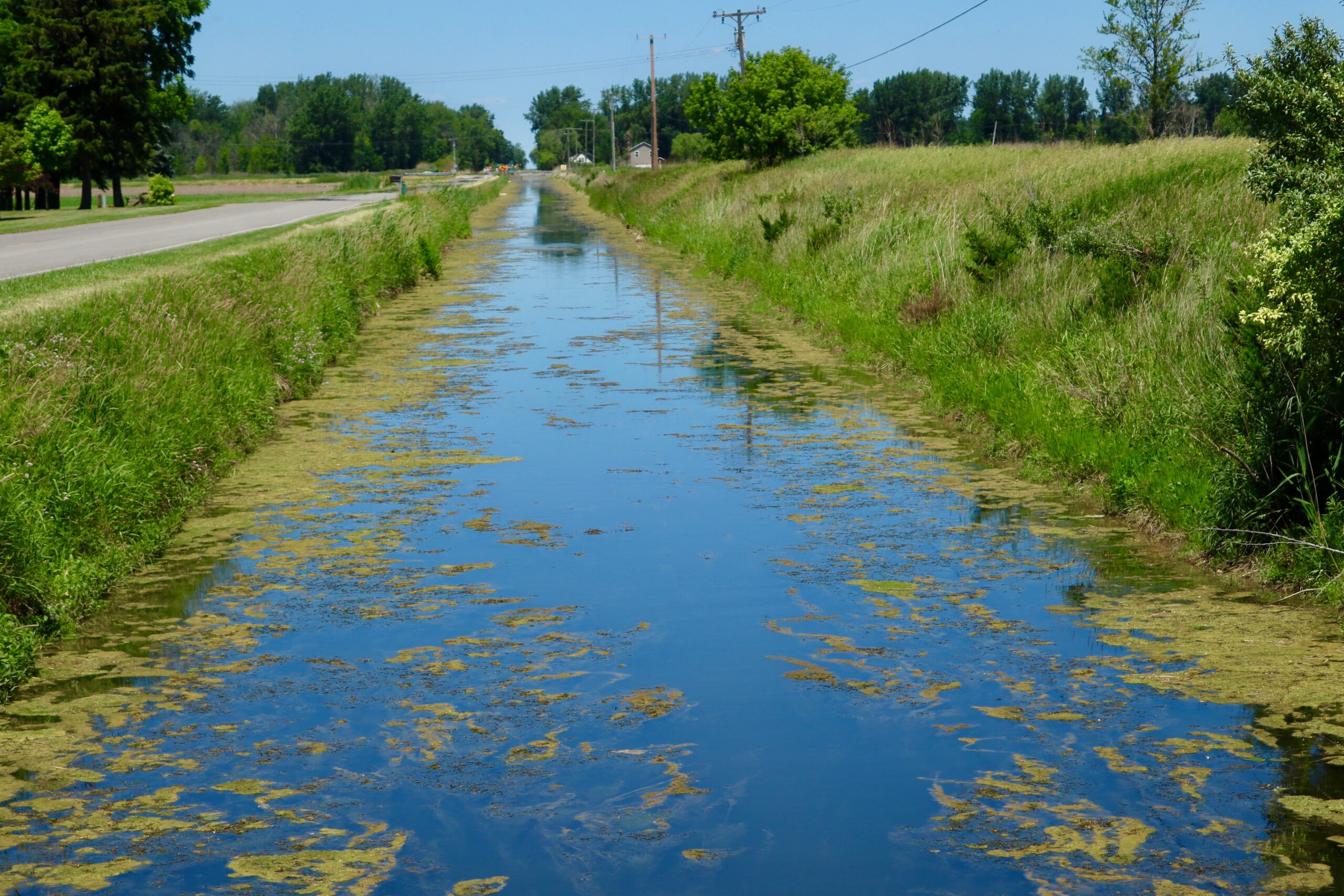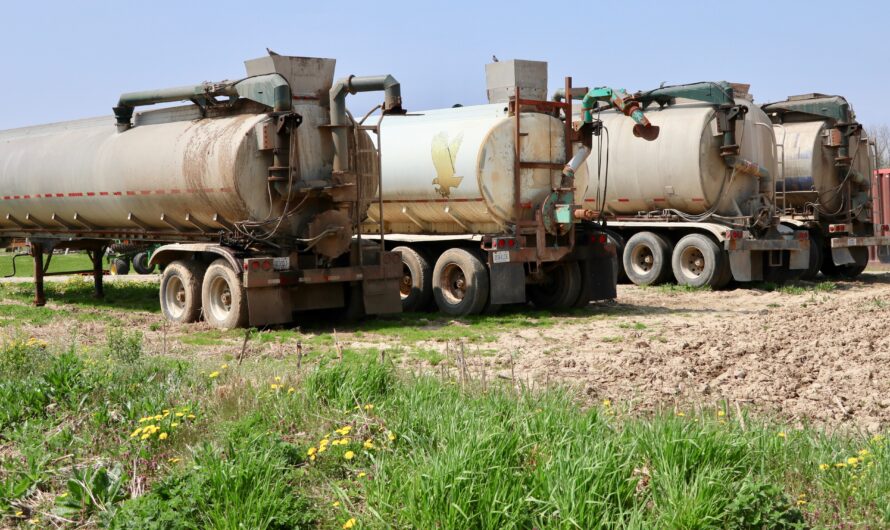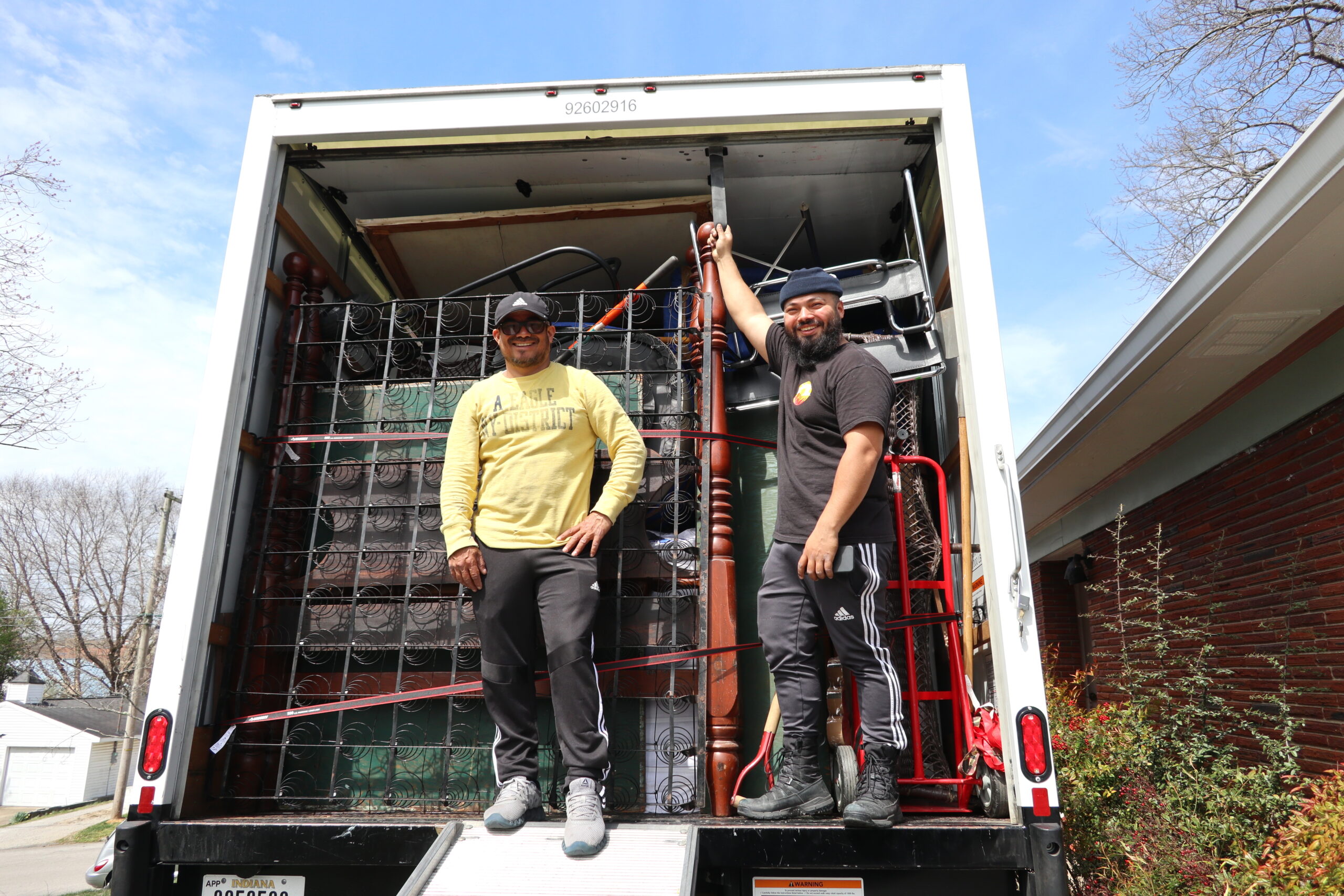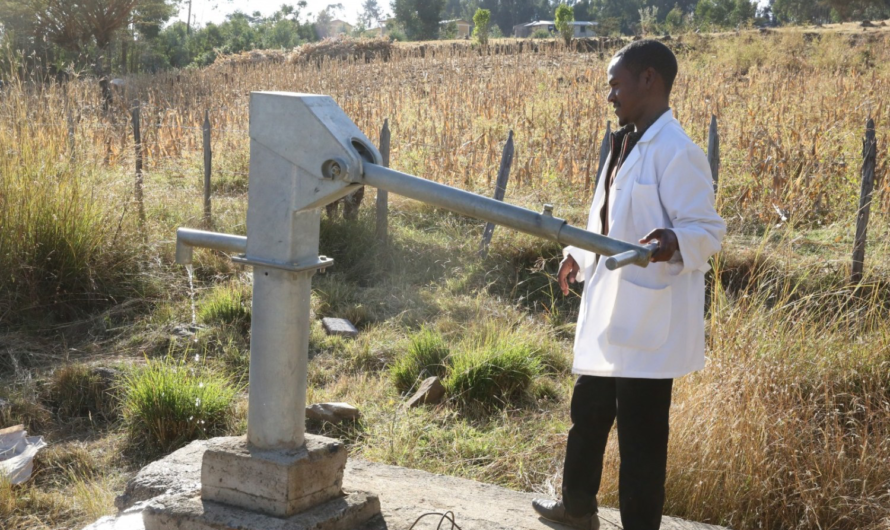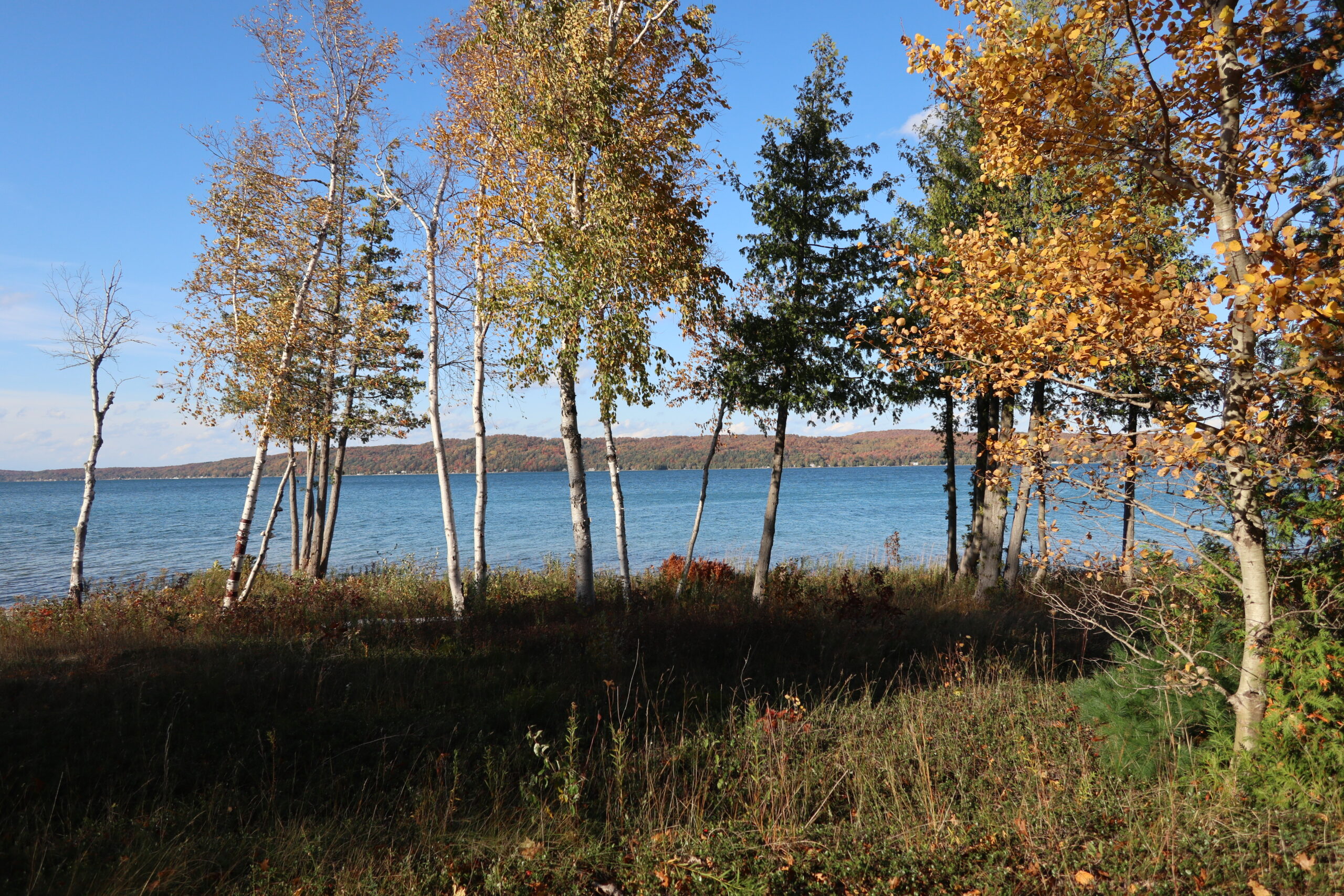On the Bubble and A Little Bit Off
Tonight Al Gore could win an Academy Award for “An Inconvenient Truth.” Later this year he could also win the Nobel Prize for Peace. And if he lost 50 pounds and jumped into the 2008 presidential race, he could win that, too. Ever since he published “Earth in The Balance,” his 1992 best-seller, Gore’s two issues have been global climate change and himself. The first, global climate change, is drawing the nation inexorably to logical choices about energy, …


